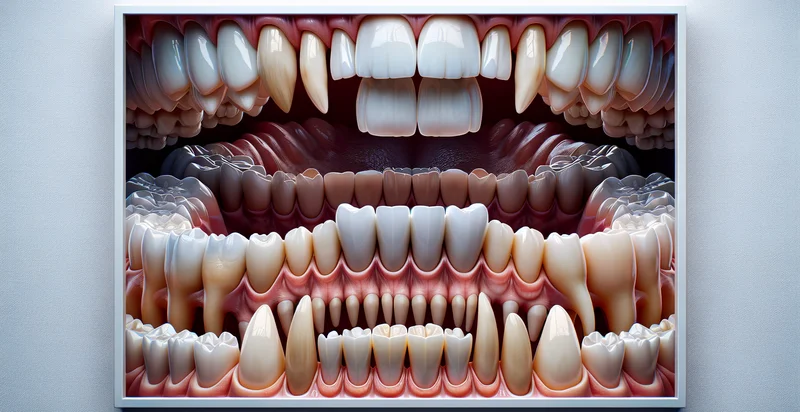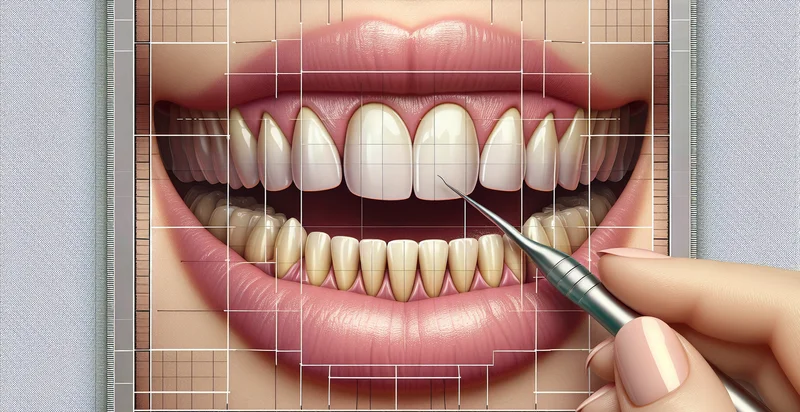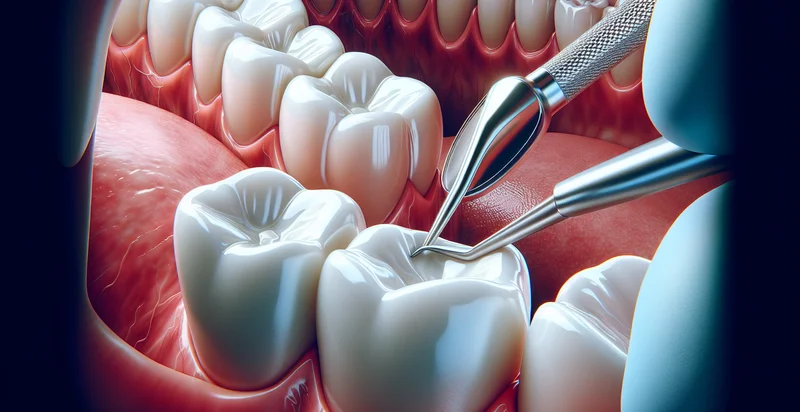Identify tooth spacing
using AI
Below is a free classifier to identify tooth spacing. Just upload your image, and our AI will predict the spacing between teeth in dental images. - in just seconds.

Contact us for API access
Or, use Nyckel to build highly-accurate custom classifiers in just minutes. No PhD required.
Get started
import nyckel
credentials = nyckel.Credentials("YOUR_CLIENT_ID", "YOUR_CLIENT_SECRET")
nyckel.invoke("tooth-spacing", "your_image_url", credentials)
fetch('https://www.nyckel.com/v1/functions/tooth-spacing/invoke', {
method: 'POST',
headers: {
'Authorization': 'Bearer ' + 'YOUR_BEARER_TOKEN',
'Content-Type': 'application/json',
},
body: JSON.stringify(
{"data": "your_image_url"}
)
})
.then(response => response.json())
.then(data => console.log(data));
curl -X POST \
-H "Content-Type: application/json" \
-H "Authorization: Bearer YOUR_BEARER_TOKEN" \
-d '{"data": "your_image_url"}' \
https://www.nyckel.com/v1/functions/tooth-spacing/invoke
How this classifier works
To start, upload your image. Our AI tool will then predict the spacing between teeth in dental images..
This pretrained image model uses a Nyckel-created dataset and has 12 labels, including Crowded, Even Spacing, Extruded Teeth, Gapped, Intruded Teeth, Irregular Spacing, Normal Spacing, Overlapping, Sparse Spacing and Tight Spacing.
We'll also show a confidence score (the higher the number, the more confident the AI model is around the spacing between teeth in dental images.).
Whether you're just curious or building tooth spacing detection into your application, we hope our classifier proves helpful.
Related Classifiers
Need to identify tooth spacing at scale?
Get API or Zapier access to this classifier for free. It's perfect for:
- Dental Treatment Planning: The tooth spacing identifier can assist dentists in assessing the alignment and spacing of teeth when planning orthodontic treatments. By accurately classifying spacing issues, practitioners can develop tailored treatment plans for braces or aligners, ensuring effective results.
- Patient Monitoring: Dental practices can use the tooth spacing identifier to monitor changes in tooth alignment over time in existing patients. This real-time analysis can help in adjusting treatment plans accordingly and improving patient outcomes.
- Orthodontic Software Integration: This function can be integrated into orthodontic digital imaging software to automate spacing analysis. This will allow orthodontists to quickly visualize tooth positioning and spacing, enhancing the efficiency of diagnostics and treatment proposals.
- Insurance Claim Validation: Insurance companies can implement the tooth spacing identifier in their systems to automate the validation of claims related to orthodontic treatment. By cross-referencing submitted images with spacing classifications, insurers can streamline claim processing and reduce fraud.
- Educational Tools for Students: Dental schools can utilize this identifier in educational software to teach students about tooth spacing and its clinical significance. By providing interactive learning tools that simulate real-world scenarios, students can better understand diagnostic practices.
- Custom Orthodontic Solutions: Companies that produce custom orthodontic appliances can leverage this technology to create personalized products based on accurate tooth spacing data. By analyzing images, they can enhance the fit and comfort of their devices, leading to improved patient satisfaction.
- Marketing Analytics for Dental Clinics: Dental clinics can analyze data from the tooth spacing identifier to identify trends and demographics in their patient population. This information can inform marketing strategies, helping clinics to target specific audiences with tailored treatments and services.


